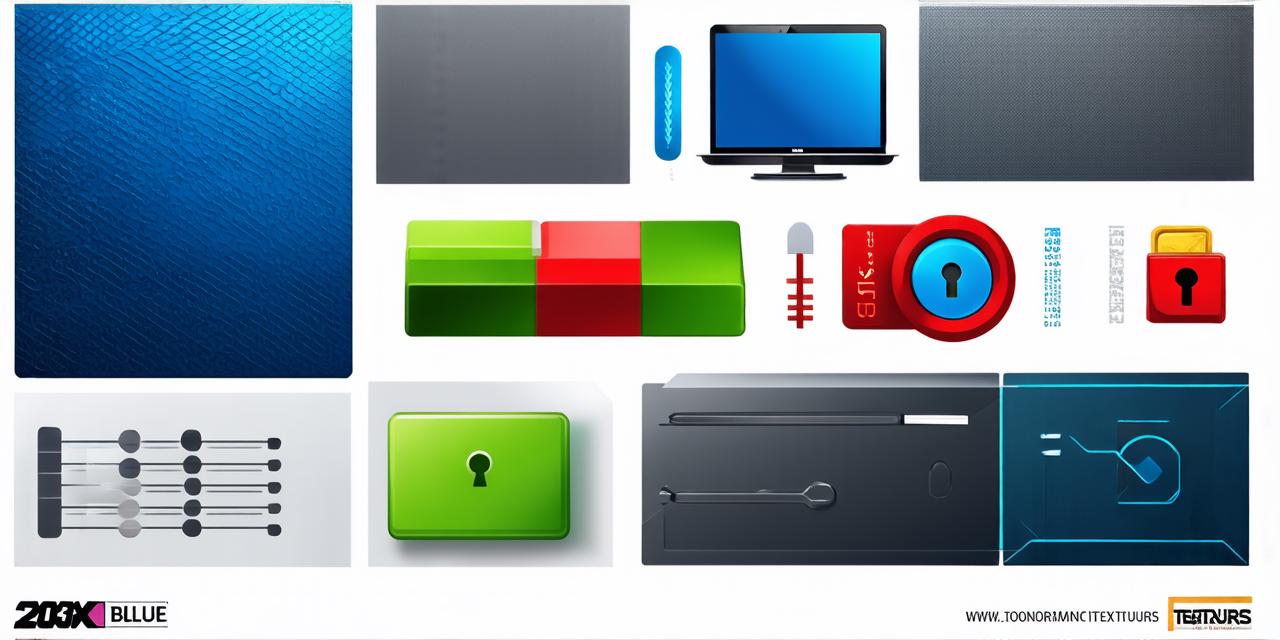Introduction
Blockchain technology has been gaining significant traction in recent years due to its potential to revolutionize various industries. It is a decentralized digital ledger that records transactions and data in a secure and transparent manner.
What is Blockchain Technology?
At its core, blockchain technology is a distributed database that stores data across multiple nodes or computers in a network. Each node has a copy of the entire database, which means that changes made to the data are replicated across all nodes. This ensures that the data is secure and tamper-proof, as any attempt to alter it will require consensus among all nodes in the network.
One of the key features of blockchain technology is its immutability. Once a piece of data is recorded on the blockchain, it cannot be changed or deleted. This makes it an ideal solution for applications that require high levels of security and transparency, such as financial transactions, supply chain management, and voting systems.
Benefits of Blockchain Technology
Decentralization: Blockchain technology is decentralized, meaning that it does not require a central authority or intermediary to function. This makes it ideal for applications where trust is an issue, as there is no single point of failure.
Security: As mentioned earlier, blockchain technology is secure and tamper-proof. Its distributed nature ensures that data is replicated across multiple nodes, making it much harder to alter or delete.
Transparency: All transactions on the blockchain are recorded in an open ledger, which can be accessed by anyone with internet access. This makes it easy to verify the authenticity of transactions and ensures that there is no hidden agenda.
Traceability: Blockchain technology provides a detailed record of all transactions, making it easy to trace the movement of goods or assets. This is particularly useful in supply chain management and logistics.
Cost-effective: Traditional intermediaries such as banks and financial institutions can be expensive. By eliminating these intermediaries, blockchain technology can significantly reduce transaction costs.
Case Studies and Personal Experiences

There are many examples of how blockchain technology has been successfully implemented in various industries. One notable example is Bitcoin, the first cryptocurrency. It uses a decentralized blockchain to record transactions, making it much easier to exchange value without the need for intermediaries.
Another example is Ethereum, a blockchain platform that allows developers to create decentralized applications (dApps) using smart contracts. dApps are self-executing programs that can be programmed to perform specific tasks. They have the potential to revolutionize industries such as finance and insurance by automating complex processes and reducing the need for intermediaries.
Personal experiences of developers who have worked with blockchain technology can also provide insights into its benefits and challenges. For example, a developer may share their experience of implementing blockchain technology in a supply chain management system, highlighting how it improved transparency and traceability while reducing costs.
How Blockchain Technology Works
Blockchain technology works by using a consensus algorithm to validate transactions and add them to the blockchain. The most commonly used consensus algorithms are proof-of-work (PoW) and proof-of-stake (PoS).
In PoW, miners compete to solve complex mathematical problems in order to validate transactions and add them to the blockchain. This process requires significant computational power and energy consumption, which can be environmentally unsustainable.
In contrast, PoS relies on a network of validators who are chosen based on the amount of cryptocurrency they hold. These validators are incentivized to behave honestly, as any attempt to alter the blockchain will result in a loss of their cryptocurrency.
FAQs
1.
